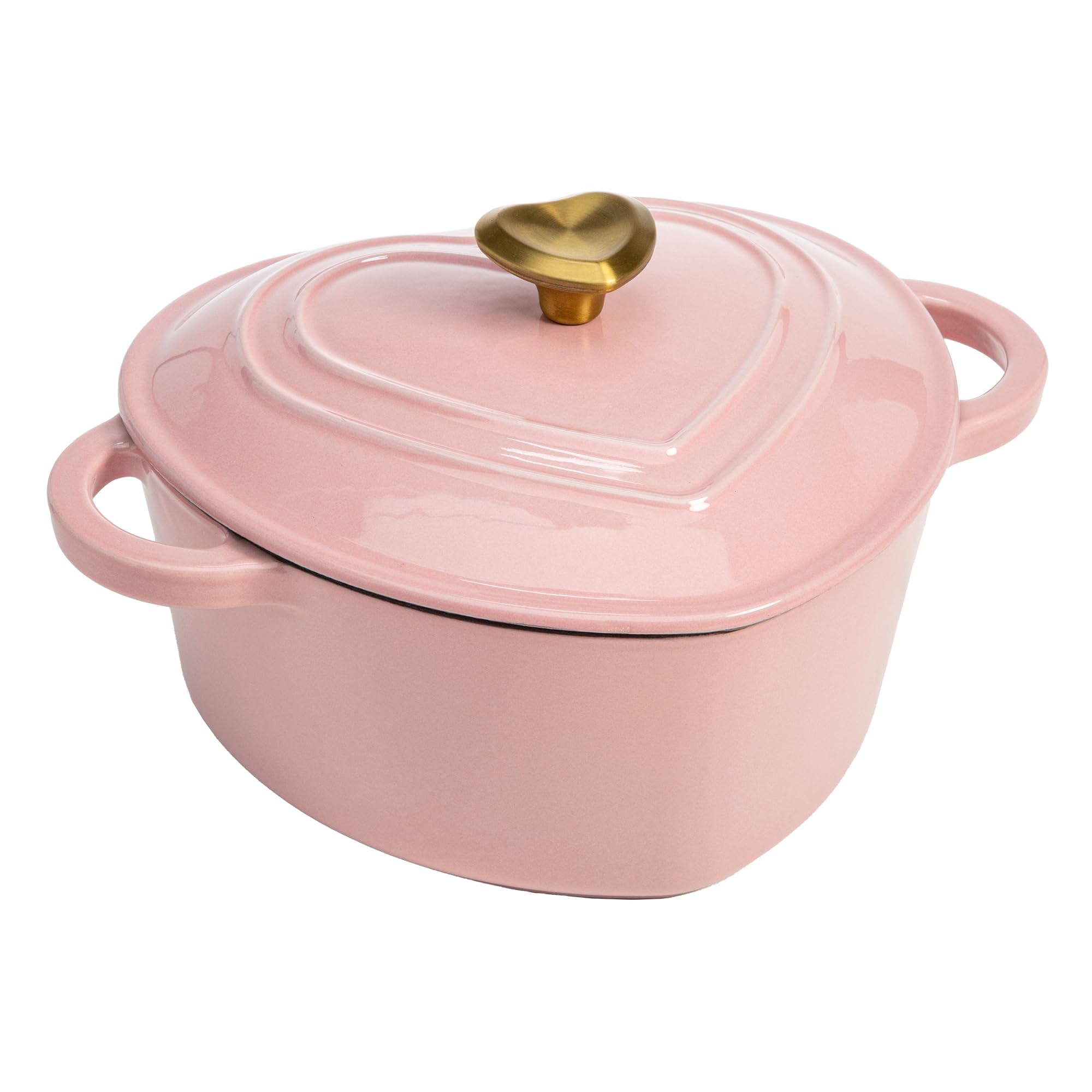If you’re in the middle of rewatching Bridgerton or The Crown, you might be getting some serious landscaping envy. English gardens have become a staple of many royal palaces and manors in the UK, where the overgrown, fairytale aesthetic feels like the perfect balance between manicured and natural. While traditionally these landscaping projects have been managed by head gardeners with royal pedigrees (or at least, aristocratic clients), you can still recreate English gardens at home with the right tools, plants, and some patience. Here, learn about the key elements of an English garden that you can bring to your own yard.
Variation Is Key
Unlike traditional French gardens, which tend to lean more manicured and formal, English gardens are all about mixing together different aesthetics, styles, and plants. Lean into variety, planting some useful kitchen essentials like herbs, vegetables, and fruit trees, alongside vines, flowers, and anything else that might suit your climate. Some of the most famous English gardens are amalgamations of different styles, sometimes having as much as ten distinct gardens in one–although many of them measured their land in acres, not feet.
Not only does this variation help create the look you’re after, but it also allows you to plant items that benefit pollinators, nature species, and so much more. One of the best aspects of varying your garden in this way is forgoing the dreaded winter months, where everything becomes dull. In most English gardens, horticulturists do their best to make sure there are eye-catching plants every month in the year. If you live somewhere particularly cold, though, don’t worry: Some English gardens close through the frost season, too.
Lean Into Accessories
While obviously the plant life is the star of the show in an English gardens, most famous options don’t just stop there. Decorate your garden with statues, ponds, or even wildlife. Even something as simple as retro-inspired patio furniture can completely transform the look of your backyard. Find a park bench that calls to you, or maybe even a wicker hanging chair, and use those pieces to create different zones in your yard that is reminiscent of traditional English gardens.
Don’t Be Afraid to Prune
English gardens’ trademark wild look might seem easier to maintain than a manicured lawn, but a lot of effort goes into making them look effortless. Many old English gardens have at one point been lost to history, due to brambles and mismanagement. With so many plants occupying one space, including vines that add great vertical interest, it’s important to keep up to date on maintenance. It may seem counterintuitive to cut back on your wildly growing yard, but this is what will keep your garden healthy over the years.
Be Patient
It might be tempting to run to your local nursery and buy up the entire garden section, but most English gardens are the result of years-long labor. It takes a long time for plants to get situated in their new environment, and it takes a careful hand to make sure that each shrub or flower gets the proper care it needs throughout the season. Don’t expect to create a masterpiece overnight. Instead, think of your English garden as a project that you lay out over years. With time and attention, one day you’ll look back at where you started and be amazed at how nature has taken over.

Tatjana Freund is Hearst’s Fashion & Luxury Commerce Editor, covering beauty, fashion and more across multiple brands. Previously, she worked at ELLE.com and Marie Claire. She’s a fan of whiskey neat, podcasts that give her nightmares, and one time Zoë Kravitz laughed at a joke she made.







